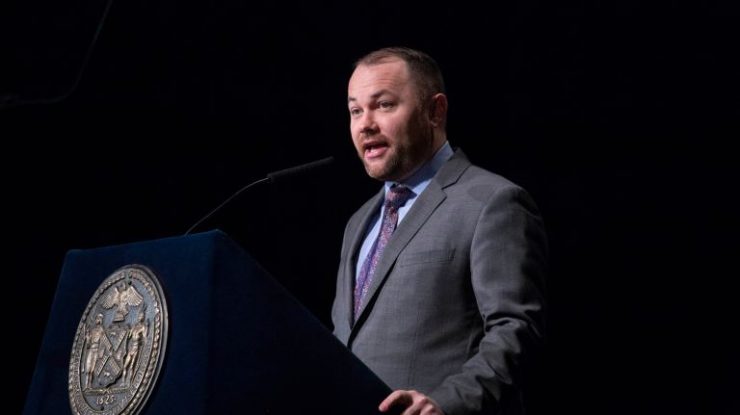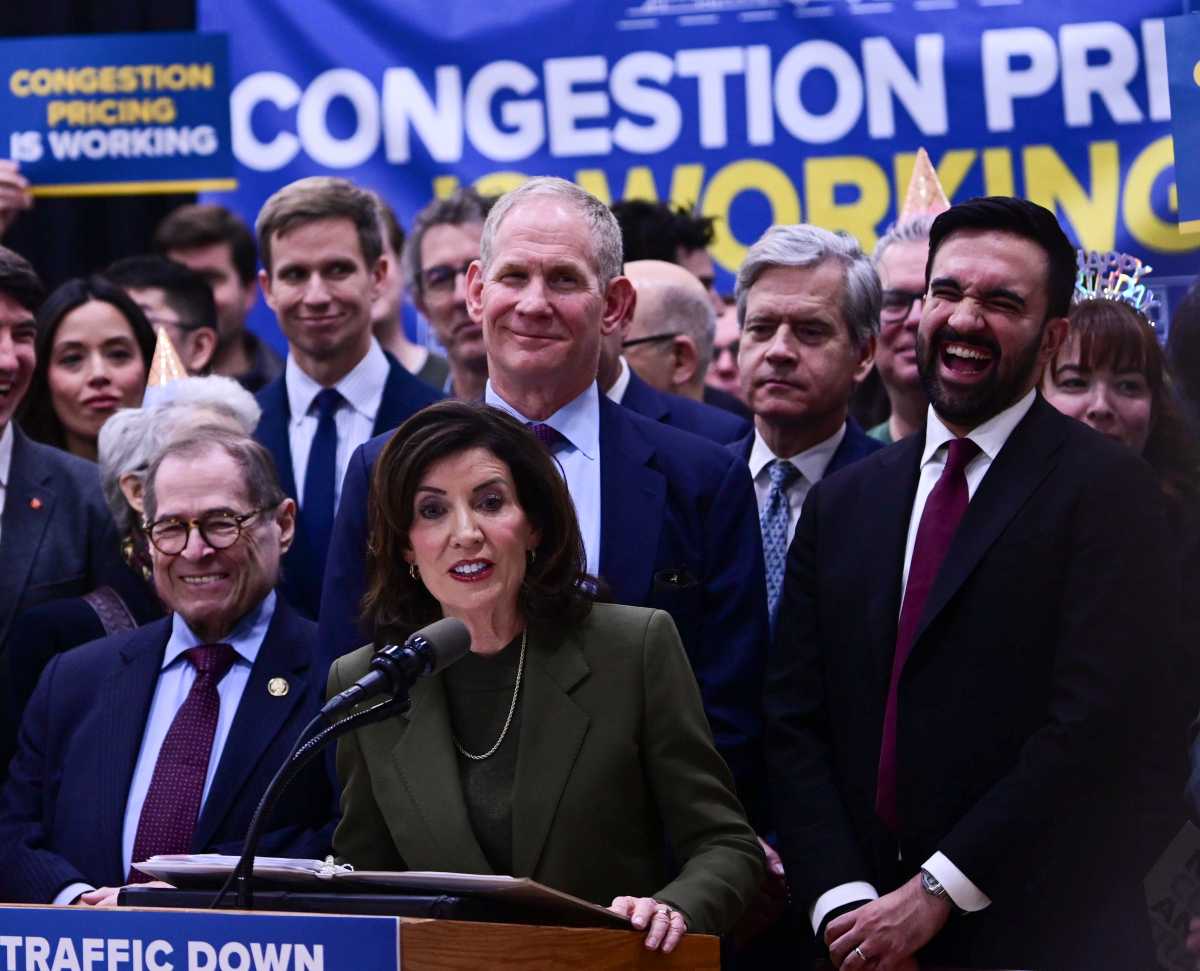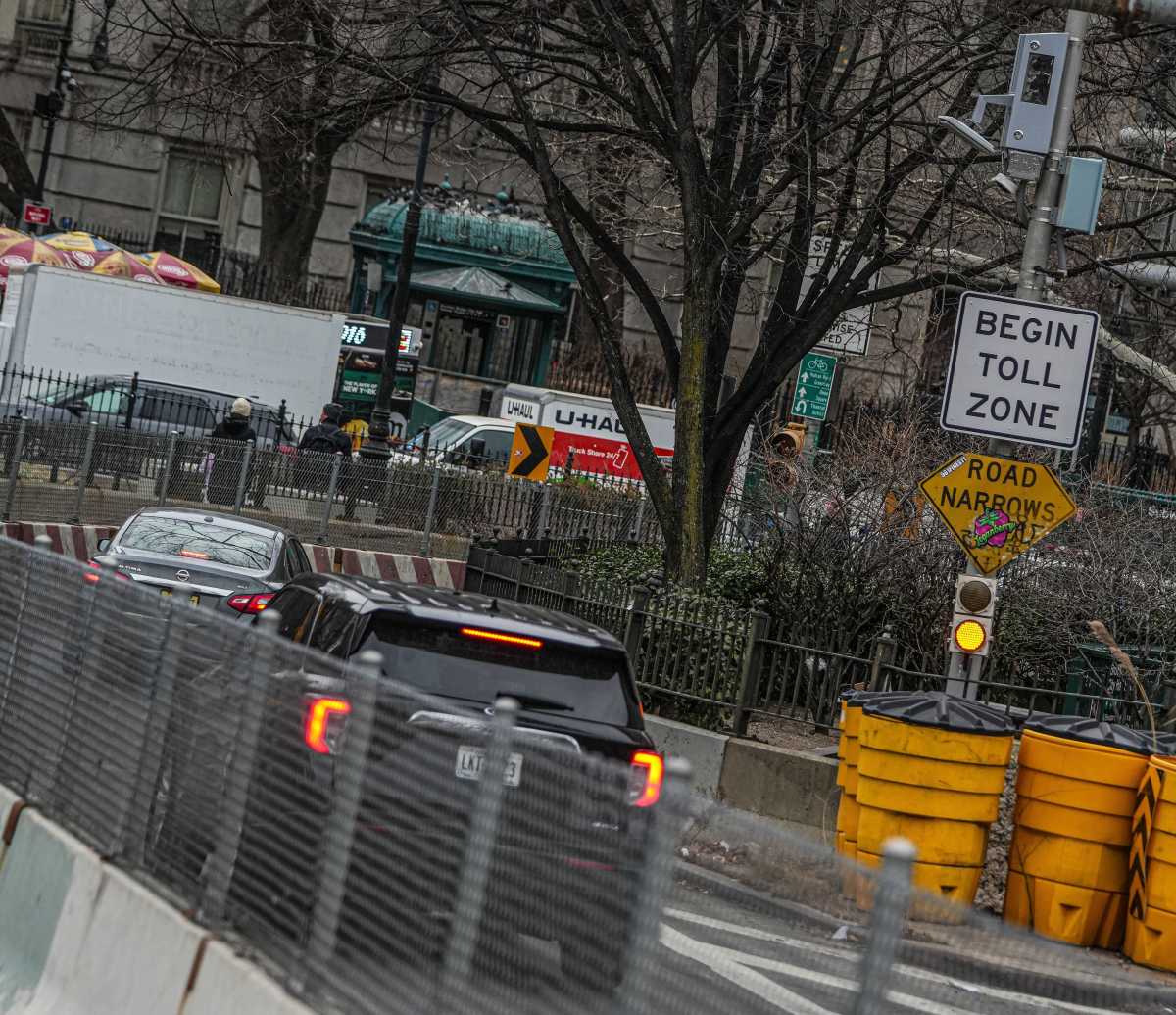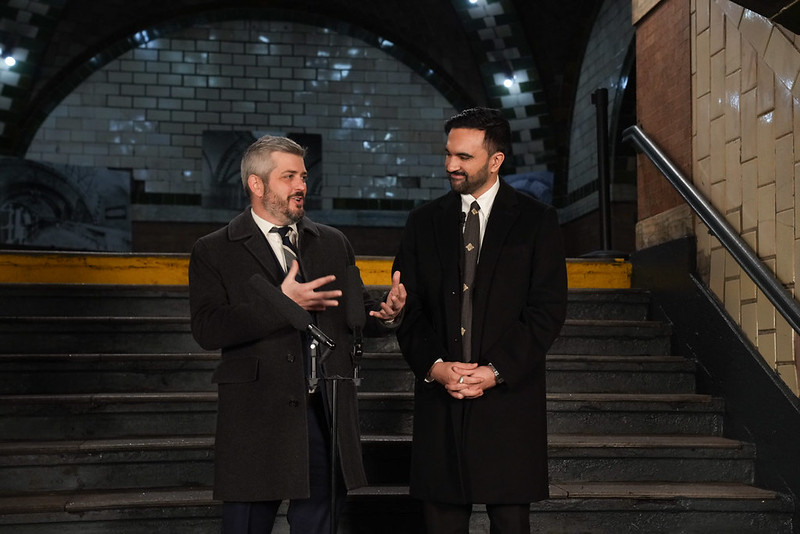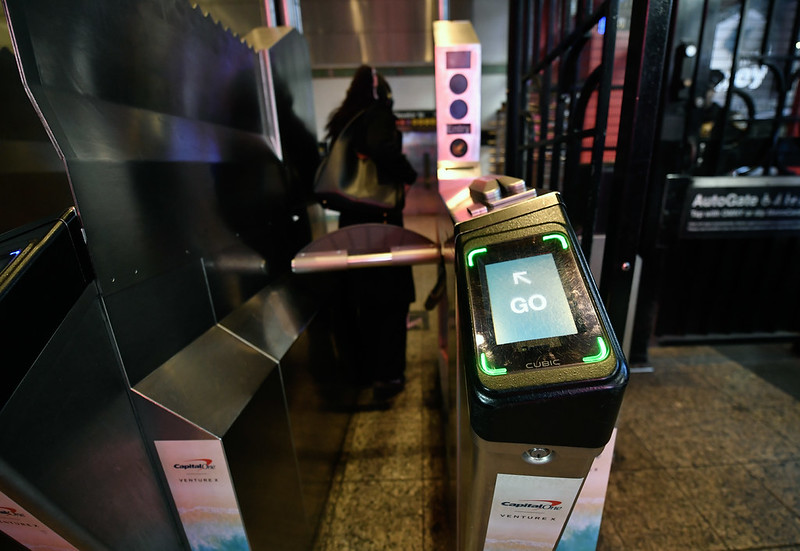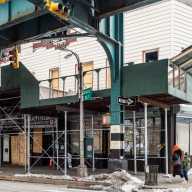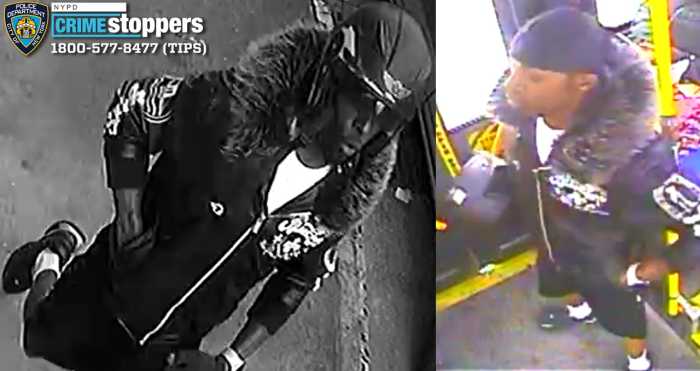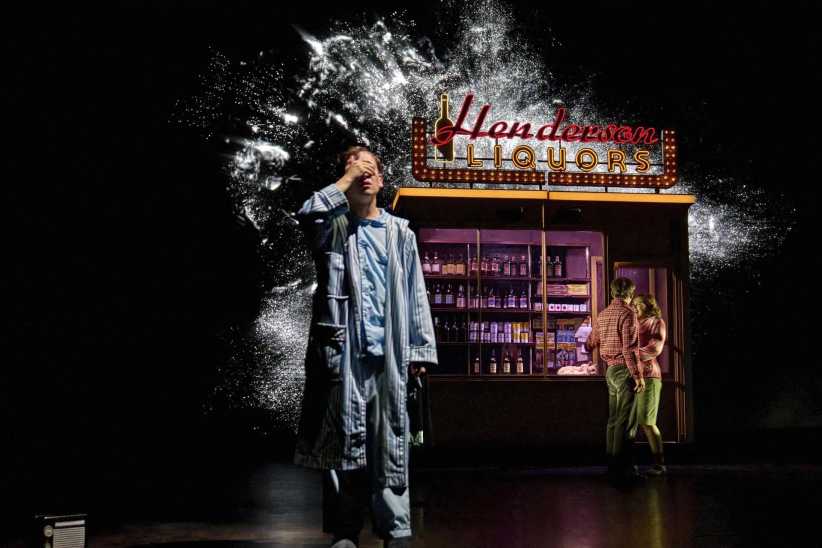City Council Speaker Corey Johnson believes the MTA is failing to properly prepare for its forthcoming congestion pricing program in Manhattan.
Johnson raised red flags over a “lack of communication and transparency” in a letter to the transit authority earlier this week as the MTA moves closer to its 2021 deadline to implement a new toll structure for cars entering Manhattan below 96th Street.
“[T]he lack of communication and transparency from the MTA raises concerns that we are not adequately preparing to launch a successful congestion pricing program by January 2021,” Johnson wrote in the letter, Dated Dec. 23. “For planning purposes, we are fortunate that New York is not the first to implement a congestion pricing scheme. Yet, it is not clear that the MTA is relying on the successes and lessons of other cities’ programs to ensure congestion pricing in New York achieves its intended goals.”
The state Legislature passed a congestion pricing framework earlier this eye as a way to reduce traffic in Manhattan’s busiest areas while also raising roughly $15 billion for major MTA projects. But the exact price of tolls; regional discounts and tech used to track and charge vehicles are all still unclear. A six-member Traffic Mobility Review Board will craft those critical details at some point this year.
Johnson, to start, said the MTA should boost subway and bus service if it expects more commuters to shift away from driving—or otherwise publish data stating that current levels of service could handle more travelers. Johnson called projects like the 14th Street busway a “great example” of how transit could be improved within the tolling zone.
“Ahead of implementing congestion pricing in 2003, London relied on models that analyzed how congestion pricing would affect traffic patterns in and around its zoned area to implement strategies to address projected mode shifts, including by
dramatically expanding its bus, cycling, and pedestrian networks,” Johnson said. “Yet, the MTA has argued that our networks currently have the capacity to accommodate those who will switch from personal vehicles to mass transit.”
In a series of asks Johnson also called for the Traffic Mobility Review board to meet publicly—even though MTA officials have stated that the board is not subject to state public meetings laws—arguing that the TMRB “cannot hold secret meetings on tolls and exemptions.”
The MTA has remained fairly tight-lipped on the formation and planning of the board. MTA Bridges & Tunnels will appoint its members, one of which will be recommended by Mayor de Blasio. The state also requires one member to represent the region served by the Long Island Rail Road and another from the Metro-North region.
“We’ve got a long list of people who’ve expressed interest and others that are on this list. I expect those appointments [to the TMRB] to be made in the new year,” said MTA Chairman Pat Foye following the authority’s board meeting last week.
Aaron Donovan, a spokesman for the MTA, said congestion pricing would be a “game-changer for New York”–but countered that the system was moving forward on schedule and didn’t respond directly to the speaker’s call for public board meetings.
“As we have said, the process of establishing the Traffic Mobility Review Board (TMRB) is moving forward, members will be appointed as required by statute and we are committed to a transparent process,” Donovan said in a statement. “We welcome an engaged City Council on this matter as well as an informed one.”
The MTA argued in response to the letter that since ridership across buses and subways has declined in recent years that there is “latent capacity” in the system to absorb new riders once congestion pricing takes effect.
This story first appeared on amny.com.

